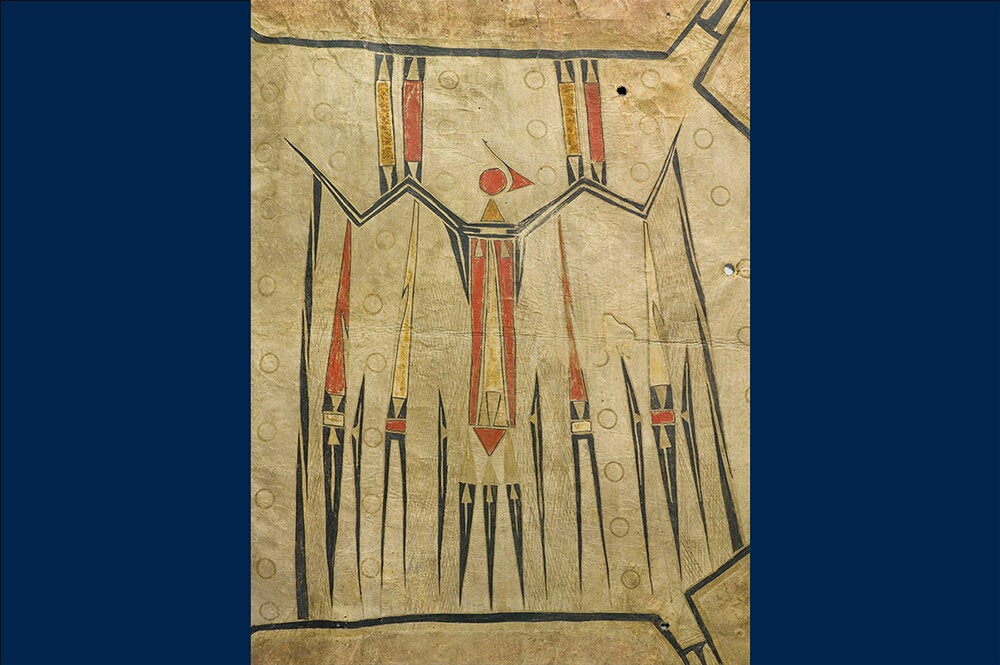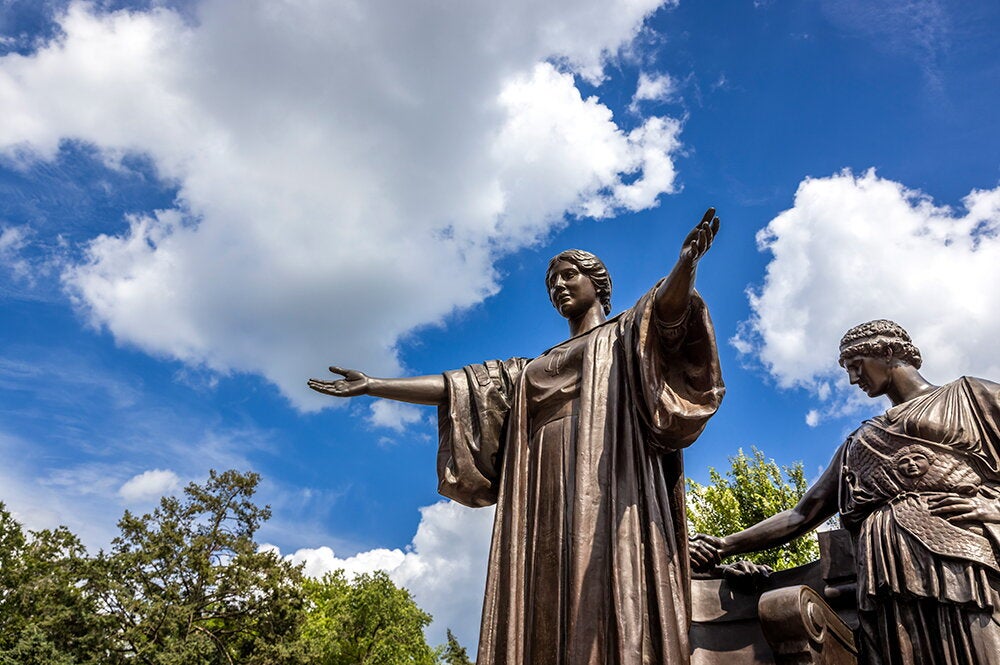

Editor’s note: Daniel A. Gilbert is a labor and history professor at the University of Illinois at Urbana-Champaign and author of the 2013 book “Expanding the Strike Zone: Baseball in the Age of Free Agency.” Gilbert, a cultural historian and an expert on the labor history of the modern baseball industry, spoke with News Bureau business and law editor Phil Ciciora about the labor challenges facing Major League Baseball as it restarts its 2020 season.
What do the recent negotiations between Major League Baseball and the Major League Baseball Players Association over the shortened 2020 season portend for future labor negotiations?
If this spring’s negotiations were a preview of the next round of collective bargaining, which looms after the end of the 2021 season, we may be in for a rough ride. The long period of back-and-forth between team owners and players that preceded the opening of training camps earlier this month showed the baseball business at its most dysfunctional in recent memory. The two sides appeared to be talking past one another, with ownership seemingly unwilling to budge on their bottom line, and players showing a united front in the face of proposals that they determined threatened to devalue their labor. The COVID-shortened season is scheduled to open July 23, but against the backdrop of significant labor tension.
Do you foresee a work stoppage when the current collective bargaining agreement expires after the 2021 season? Could labor unrest could do long-term damage to the sport reminiscent of 1994-95?
A work stoppage in Major League Baseball appears more likely than at any point over the last quarter century. Back in 1994, the owners and players were at odds over the owners’ push to introduce a salary cap. The players ultimately prevailed in that showdown, and – despite some rocky times in the strike’s immediate aftermath – the sport thrived in the decades that followed. In contrast to the 1970s and 1980s, which saw the owners and players locked in a perpetual cycle of animosity and struggle, the late 1990s brought the birth of a new era of relative labor peace, marked by new labor-management partnerships like the World Baseball Classic.
But over the last few years we have seen new tensions emerge in the relationship between team owners and players. Even before the COVID-19 crisis the state of MLB labor peace appeared rather tenuous.
What sparked the recent animosity and mutual lack of trust between owners and players?
A number of contentious issues have emerged in recent years, including – perhaps most notably – the unusually slow nature of the free-agent talent market. This trend reached an apex last year when star free-agent pitchers Craig Kimbrel and Dallas Keuchel went unsigned until midway through the season. Team owners’ collective reticence to invest resources in proven veteran players is one manifestation of a growing emphasis on building rosters around younger players who are still under teams’ full contractual control. Under the system that team owners and the union first established in the mid-1970s, players are only eligible for free agency after six years of big-league service. From the players’ perspective, it may be time to revisit this structure.
The union likely also will want to address the issue of service time manipulation, which was the subject of a high-profile grievance involving Chicago Cubs star Kris Bryant. The grievance centered on Bryant’s claim that the Cubs kept him in the minor leagues just long enough in April 2015 to exclude his debut season – in which he was the unanimous winner of the National League’s Rookie of the Year award – from his official service time, thereby delaying his eligibility for free agency by a full year. Players’ concerns about the tepid free-agent market and Bryant’s service time grievance both center on concerns about teams’ ability to constrain players’ earning power unfairly. These issues, among others, will be at the center of the next round of labor negotiations.
Minor league baseball is canceling its season due to the pandemic. Before COVID-19 hit, there was a major push by owners to reduce the number of minor league affiliates in the aftermath of a grassroots campaign to pay minor leaguers a better salary and provide them with better working conditions. What does the future of minor league baseball look like?
As much uncertainty as there is over the next collective bargaining agreement for major leaguers, the future of minor league ball is infinitely more complicated and precarious.
Minor leaguers, who make up the vast majority of professional baseball players, earn shockingly low salaries. While the Major League Baseball Players Association has been extraordinarily successful over the years in allowing big leaguers the opportunity to share in their industry’s soaring profits, the union doesn’t represent minor league ballplayers. These professional athletes often lack even the most basic benefits and protections on the job. The ongoing consolidation of minor league franchises threatens to further weaken labor standards in the baseball industry.
One sign of hope, however, is the growing movement of minor league athletes to demand better treatment. The formation earlier this year of Advocates for Minor Leaguers, an organization led by former player Garret Broshuis, is an important sign of that movement.


